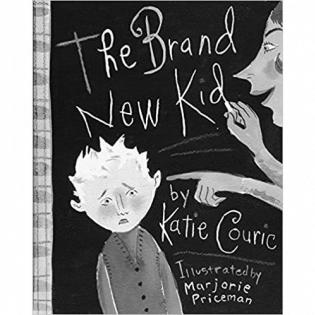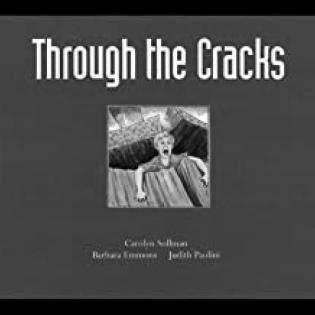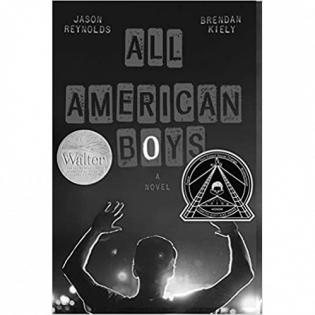The Brand New Kid is a sensitive book that helps children see the effects of teasing on a new child in school. Children learn to face new situations with confidence and develop strategies for how to include others in play.
Filter by subjects:
Filter by grades:
Filter by audience:
Filter by issue area:
Filter by content type:
Filter by resource type:
resource search
All people have need for and deserve friendship and belonging. In this lesson, we explore the elements of community relationships, like kindness, inclusion, listening, and trust. The children compile pages to make a big book that teaches others to be caring community members.
In this second lesson about Jane Addams, we learn about the impact of her philanthropic work and connect it to the needs of our communities today. Young people discuss voluntary actions they can take inspired by Jane Addams.
Castle Crenshaw (Ghost) and four friends learn to navigate their lives and the differences among them.
Josh and Jordan Bell are brothers on the court and off the court. The boys navigate life as student athletes, while also learning how to overcome obstacles without letting those obstacles ruin their relationship.
Have you ever had to find your voice? In this story, Starr witnesses police brutality that is racially motivated and struggles to find the right way to speak up.
When Stella loses pleasure in her classwork, she takes us “through the cracks” of a classroom and shows what is happening to all of the students who are not interested and engaged in their learning.
Now familiar with how a community foundation serves the community, the learners form a Youth Advisory Committee and use parliamentary procedure to conduct business.
Written by two award-winning authors, "All American Boys" shares the alternating voices of two students, one black and one white, after Rashad was beaten by a police officer and Quinn saw it happen.
These elementary, middle, and high school lessons focus on the meaning and benefits of gratitude. For their service project, participants decide how they can 'deliver gratitude' to a deserving person or group. They complete a service such as writing thank you notes.





